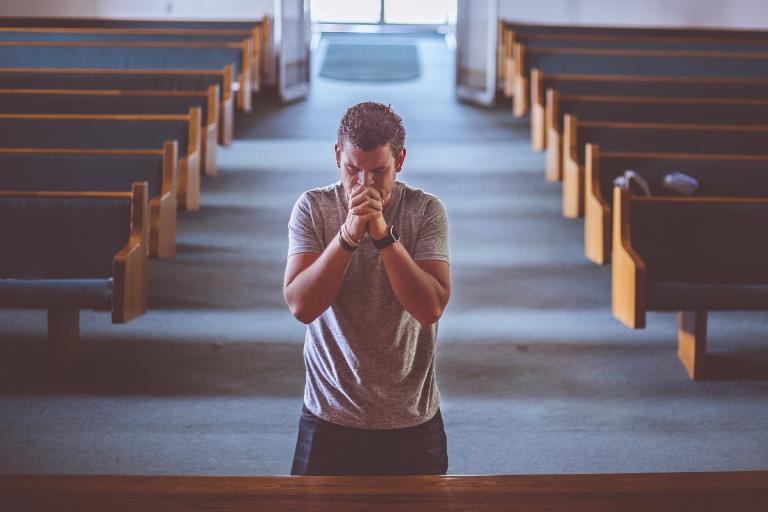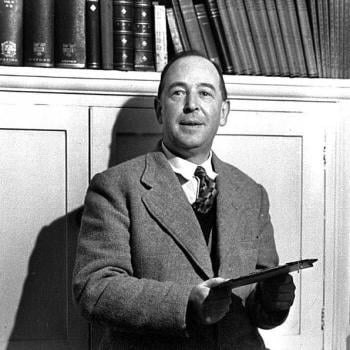
Contrary to the common impression, it turns out that the percentage of evangelicals in America is not declining after all. That’s the findings of the General Social Survey, considered the most reliable of ongoing polls.
Yes, the number of “Nones” is also growing. There is now about the same number of “Nones” as there is evangelicals, nearly one-quarter of Americans each. But the “Nones” draw from a number of different groups–not evangelicals, as such–and often someone who is a “None” is converted and becomes an evangelical. (Interestingly, there is about the same percentage of Catholics as evangelicals and “Nones,” with each constituting about a quarter of the population.)
From Ryan P. Burge, Evangelicals Show No Decline, Despite Trump and Nones, in Christianity Today:
Evangelicals in the United States are holding steady at just under a quarter of the population, according to the latest biennial figures from the General Social Survey (GSS), one of the longest-running measures of religion in America. . . .
Evangelicals—grouped in this survey by church affiliation—continue to make up around 22.5 percent of the population as they have for much of the past decade, while the nones, now up to 23.1 percent themselves, keep growing. . . .
The fact that evangelicals’ share of the population remains relatively stable over the last decade is striking given the continued rise of the nones. Evangelicals have been able to replace losses as fast as they are occurring, at least for now. Recent survey evidence has found that nearly 95 percent of born-again Christians stayed that way from 2010 to 2014, compared to just 85 percent of those who said that they were Protestant but not born-again. In addition, a significant portion of “nothing in particular” respondents do make their way back to evangelical churches.
[Keep reading. . .]
There was even a small uptick in the number of Americans who are members of mainline Protestant denominations. This once dominant religious group has declined for the last twenty years, to merely 10% of Americans in 2016. But last year, that percentage rose to 11.8%.
That there are twice as many evangelicals (that is, Bible-believing, Gospel-believing Christians) as liberal Protestants is surely significant, refuting the liberals’ claim–strangely echoed by some evangelicals–that Christianity needs to be revised to be in accord with the modern world.
Still, evangelicals constitute a minority of Americans, as they always have. America is not an evangelical Christian nation. But this cultural disconnect is probably healthy for conservative Christians. It is also significant that they are still making converts, including from the ranks of the “Nones.”
For the 2018 General Social Survey data–which includes information about a wide range of topics–go here.
Photo by Pexels, via Pixabay, Creative Commons License














